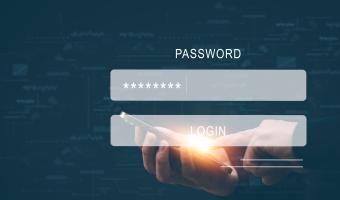Identity & Access Management (IAM)
Organizations need to know who their (internal and external) users are, which resources they can access and what rights they have.
In a nutshell, this is the main task of identity and access management (short: “IAM”). Examples are e.g. creating and administrating user identities, "self-service services" for users such as creating logins, password resetting and assigning access rights.
The authentication process ensures which systems or resources a user has access to. For this, the user authenticates themselves to the system to show that they are the person they claim to be. The authentication can be carried out using various factors such as a combination of e-mail/user name and password, a magic link, a social login, biometric features or a combination of several factors. Once the user has successfully authenticated themselves, the next step is authorization. Here, the user is authorized to access the systems or resources that have been specified in advance.
Poorly managed or implemented identity and access management systems lead to all types of privacy and data protection issues, including security breaches and identity theft.
Contrary, well-managed systems with intelligent and simple authentication processes ensure higher security, better employee satisfaction, improved data protection (through GDPR compliance) and reduce the workload of the IT department.











